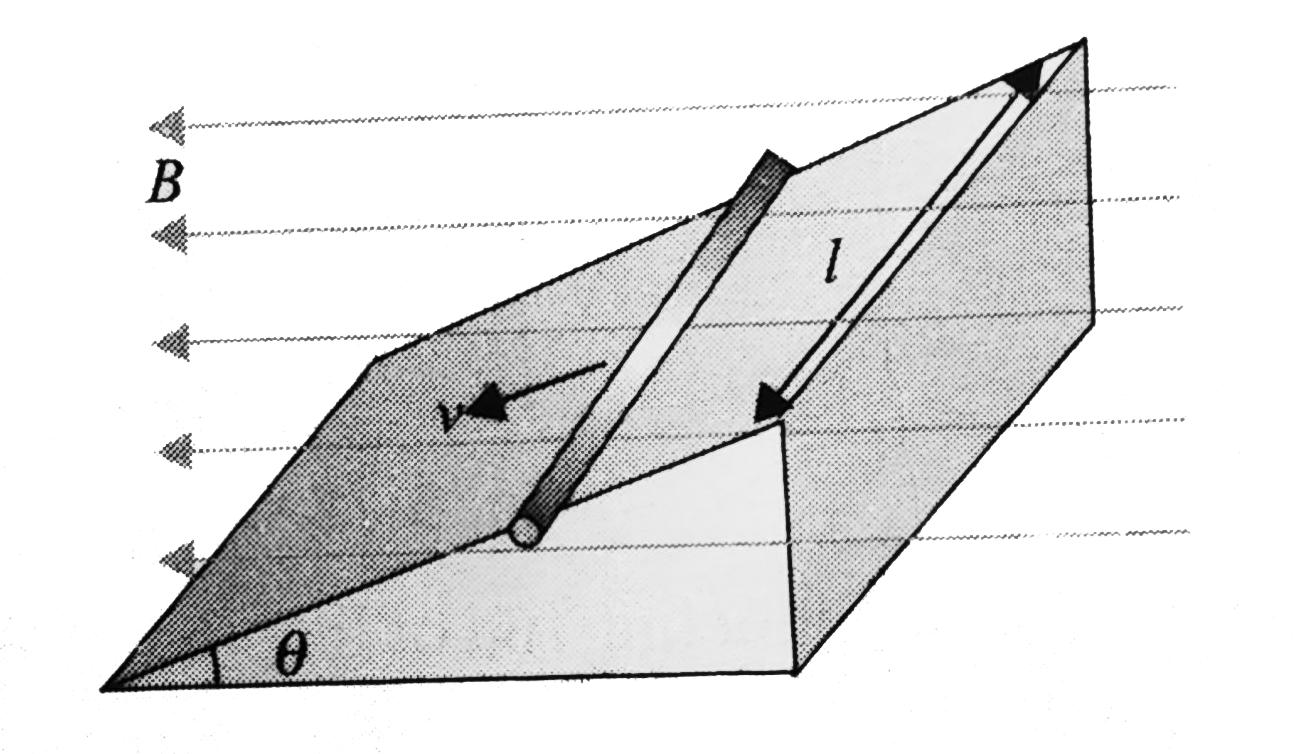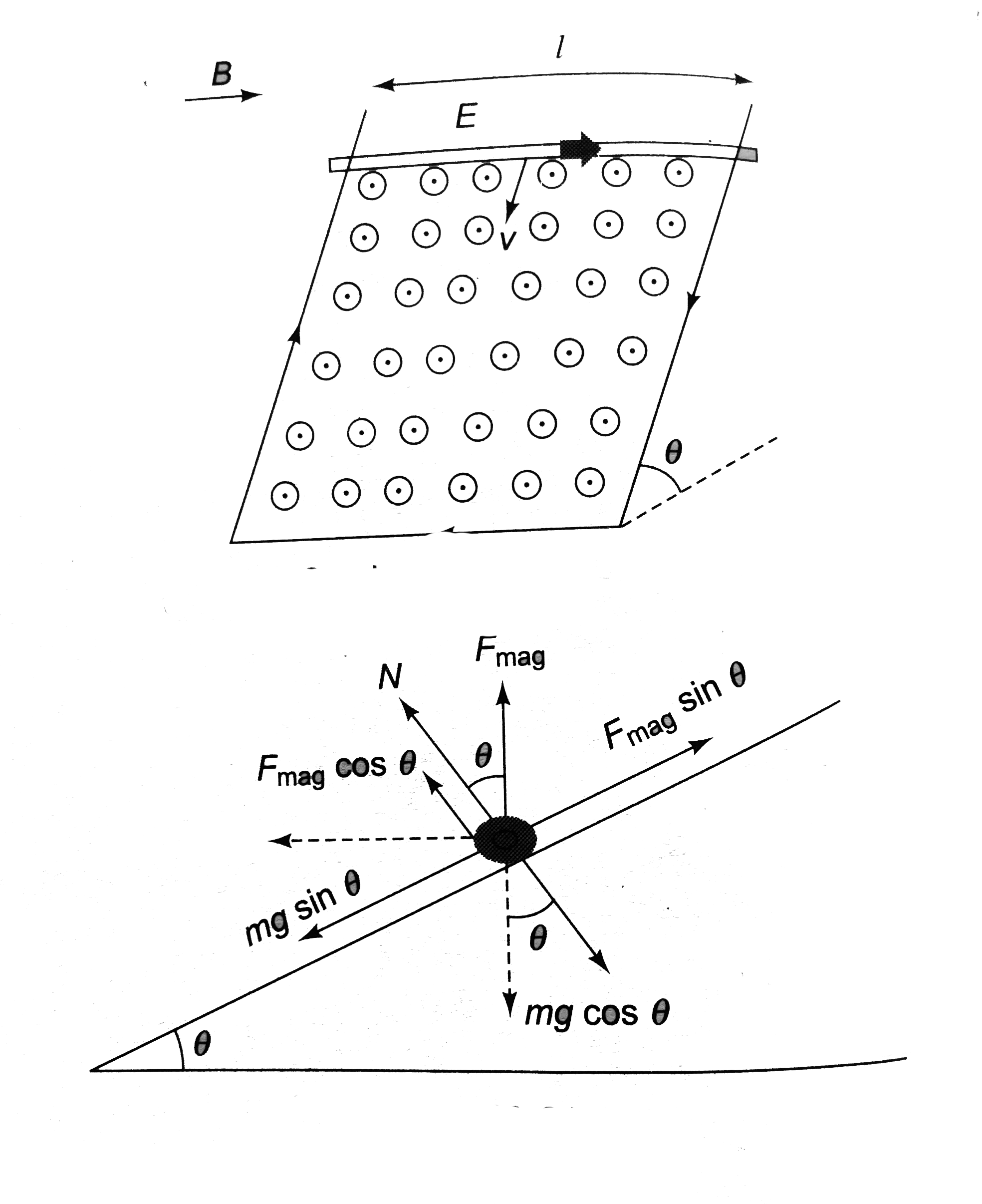Text Solution
Verified by Experts
|
Topper's Solved these Questions
ELECTROMAGNETIC INDUCTION
CENGAGE PHYSICS|Exercise Exercises Subjective|13 VideosView PlaylistELECTROMAGNETIC INDUCTION
CENGAGE PHYSICS|Exercise Exercises Single Correct|79 VideosView PlaylistELECTROMAGNETIC INDUCTION
CENGAGE PHYSICS|Exercise Exercise 3.1|15 VideosView PlaylistELECTROMAGENTIC INDUCTION
CENGAGE PHYSICS|Exercise QUESTION BANK|40 VideosView PlaylistELECTRON,PHONTS,PHOTOELECTRIC EFFECT & X-RAYS
CENGAGE PHYSICS|Exercise dpp 3.3|15 VideosView Playlist
Similar Questions
Explore conceptually related problems
Knowledge Check
A
B
C
D
Submit
A
B
C
D
Submit
A
B
C
D
Submit
Similar Questions
Explore conceptually related problems
CENGAGE PHYSICS-ELECTROMAGNETIC INDUCTION-Exercise 3.2
- Shows a rod of length l and resistance r moving on two rails shorted b...
02:31
|
Play - A rod of length l is kept parallel to a long wire carrying constant cu...
03:04
|
Play - a rectangular loop, as shown in Fig. 3.66, moves away from an infinite...
05:13
|
Play - A rod of length l is placed perpendicular to a long wire carrying curr...
04:01
|
Play - A rectangular loop is moving parallel to a long wire carrying current ...
06:09
|
Play - Rod PQ of length 2l is rotating about one end P in a uniform magnetic ...
04:12
|
Play - Rod PQ of length 2l is rotating about its midpoint C in a uniform magn...
02:42
|
Play - A rod of length L and resistance r rotates about one end as shown in ....
04:27
|
Play - Solve problem 15 if the length of rod is 2L and resistance 2r and it i...
04:10
|
Play - A rod of length l is rotating with an angular speed omega about one of...
03:38
|
Play - A rod of length l is rotating with an angular speed omega about one of...
04:15
|
Play - Shows rod PQ of mass m and resistance r moving on two fixed, resistanc...
02:01
|
Play - A rod PQ of length l is rotating about end P, with an angular velocity...
02:43
|
Play - A ring rotates with angular velocity omega about an axis perpendicula ...
01:43
|
Play - A ring rotates with angular velocity omega about an axis in the plane ...
03:08
|
Play - a conducting rod of length L = 30.0 cm movies in a magnetic field vec(...
05:34
|
Play - The cube shown in, 50.0 cm on a side, is in a uniform magnetic field o...
04:06
|
Play - A rod of mass m, length l and resistance R is sliding down on a smooth...
05:32
|
Playing Now - A conducting rod AC of length 4l is rotated about point O in a uniform...
03:20
|
Play - Consider the sliding wire circuit shown in . The wire slides at const...
05:02
|
Play

